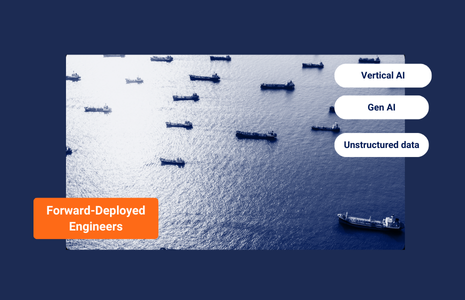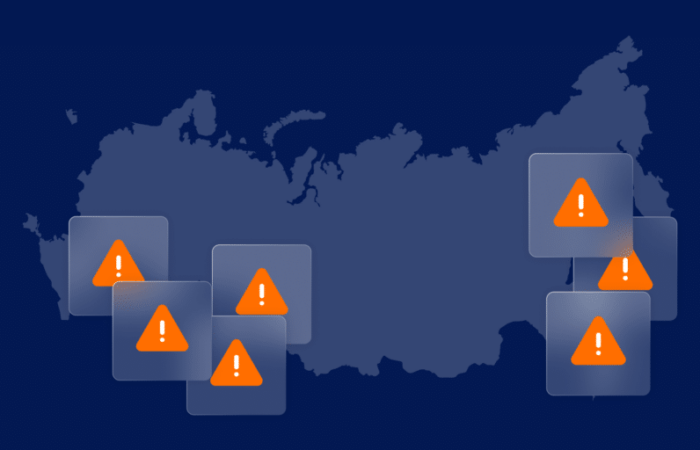Hidden in Plain Sight: Fishing Boats as Links in Illicit Supply Chains

What’s inside?
Millions of fishing vessels ply the world’s waters. In the global maritime ecosystem, they are like ants: myriad, ceaselessly industrious, and mostly unnoticed. The vast majority are hardworking and law-abiding. But fishing vessels are also perhaps the most underestimated carriers of transnational crime, key links in the invisible supply chains of the world’s illicit commerce.
If you are an artisanal fisher in northern Ecuador, struggling to make ends meet on account of depleting fish stocks, you have a ready alternative. You can purchase some jerry cans or barrels of subsidized fuel, load them on your boat, ferry them up the coast to Colombia, and sell them at a profit that will equal or exceed an entire month’s earnings from fishing alone. In the well-established networks for moving such smuggled fuel, the purchaser is likely to be a Colombian drug cartel, which may either sell the fuel on for additional profit or even use it as a solvent in the process of manufacturing cocaine. Some of the resulting cocaine will be sent back to Ecuador and loaded onto your or others’ fishing boats for transport up the Pacific coast to Central America or Mexico, or even directly to the United States.

Such was the case in April 2019 when the U.S. Coast Guard Cutter Hamilton interdicted a fishing boat making its way through the Galapagos with a half-ton of cocaine. Or maybe the cocaine will exit on the Atlantic side, through a Brazilian port, like the fishing vessel carrying over a metric ton of the drug, worth nearly $50 million, that was seized by Portuguese authorities in early June. Admiral Karl Schultz, Commandant of the U. S. Coast Guard, has asserted that, though the United States can track about 80% of the drug traffic in the Pacific, they can only intercept a fraction, and much of it travels on fishing boats.
Fishy Fuel
The illicit and invisible supply chain that obscures itself with fishing vessels involves much more than drugs. Fishing boats ferry stolen fuel from Libyan refineries to waiting tankers, for laundering into the European market, and from Nigeria to neighboring states. Central American fishers are enticed or coerced into ferrying fuel to cartel boats transporting drugs from Colombia, Peru, or Ecuador to Mexico, for distribution in the United States, or bringing the narcotics ashore. Entire fleets of fishing boats carry subsidized Malaysian fuel into Thailand, where the proceeds fund criminal gangs and insurgent groups. Fishing boats retrofitted to store fuel have ferried millions of barrels of illicit diesel from Hong Kong facilities and offshore tankers to mainland China. Dhows have been intercepted smuggling thousands of weapons to Houthi forces in Yemen. A Chinese fishing boat was recently found to be carrying the frozen carcasses over 2,500 pangolins, the most trafficked animal on earth, into Jiangmen. Priceless antiquities looted from Iraq have left the country on small fishing boats, as have relics from mainland China headed to Hong Kong and Macau. It is on fishing boats that counterfeit cigarettes have departed from Montenegro for markets in the Middle East and North Africa, as well as Europe. And around the world, fishing boats have served as platforms for the enslavement and trafficking of human beings. And these activities are hardly confined to the developing world: British fishers, for instance, have been offered sizable sums to smuggle migrants across the English Channel in their boats.

Fishing vessels of all types and sizes are involved in these illicit supply chains. An inexpensive, undecked panga, for example, is easily overlooked on the water, and can conceal contraband in onboard containers or under tarps. Any decking can conceal storage capacity, as in the case of the Thai fishing boats whose belowdecks are completely cleared to make room for up to a thousand people trapped in Southeast Asia’s thriving human smuggling and trafficking industry. A medium-sized freezer trawler, the most common fishing vessel on the high seas, is often equipped with multiple fuel tanks as well as at least one spacious fish hold. A relatively modest 85-foot trawler might carry over 18,000 gallons, or 72 metric tons, of fuel in multiple tanks, alongside a fish hold of 4,000 cubic feet; add twenty or so feet of overall length and the fuel storage capacity might double.
Given the wide range of designs, possibilities for modification are endless: one or more fuel tanks can be expanded into neighboring spaces and filled with illicit fuel, while a fish hold might be used to conceal drugs or other contraband amid frozen fish, or even removed entirely to make room for other storage space. False floors and concealed extra fuel storage tanks can also be retrofitted into these boats. In Vietnam, fishing boats have been retrofitted to hold hundreds of thousands of liters of smuggled diesel. In the Philippines, ordinary trawlers have been converted into floating meth labs, and large factory ships have become “offshore fuel stations,” selling vast amounts of illicit fuel to other vessels. At the extreme, as has been found in the South China Sea, one can dispense with real fishing boats altogether and purpose-build smuggling vessels that mimic fishing boats while maximizing storage space.

What about the fish?
Fishing vessels are hardly alone in their capacity for being modified to contain hidden compartments; trucks, cars, and planes are all used for smuggling as well, often in ingenious ways. But fishing boats, especially the small- to medium-sized ones, have the advantage of operating on the water, where checkpoints do not exist, container ships and tankers tend to command the attention of authorities, port personnel can be compromised (or ports simply avoided), and contraband can be jettisoned if necessary. Mitigating the security and law enforcement issues that arise from fishing vessels is hard. And as fishers the world over face increasing strain on their livelihoods and even their personal security, whether from overfishing, climate change, destabilizing conflicts, or pressure from criminal groups, the temptation to turn their boats to illicit activities will only heighten.
For as long as the world’s waters have been an arena for transportation, industry, commerce, and conflict, fishing boats have been involved in maritime misdeeds. But now, in a time when organized criminal groups are becoming globalized and ever more agile in their exploitation of gaps in surveillance and law enforcement, these vessels have increasingly become viral carriers of criminality. The challenge facing us is how to counter that trend; the effort will require cooperation, ingenuity, and a willingness to address underlying causes, not just end results. At a minimum, we must keep in mind that if we want to track any kind of trafficking on the water, we would do well to follow the fishing boats.











